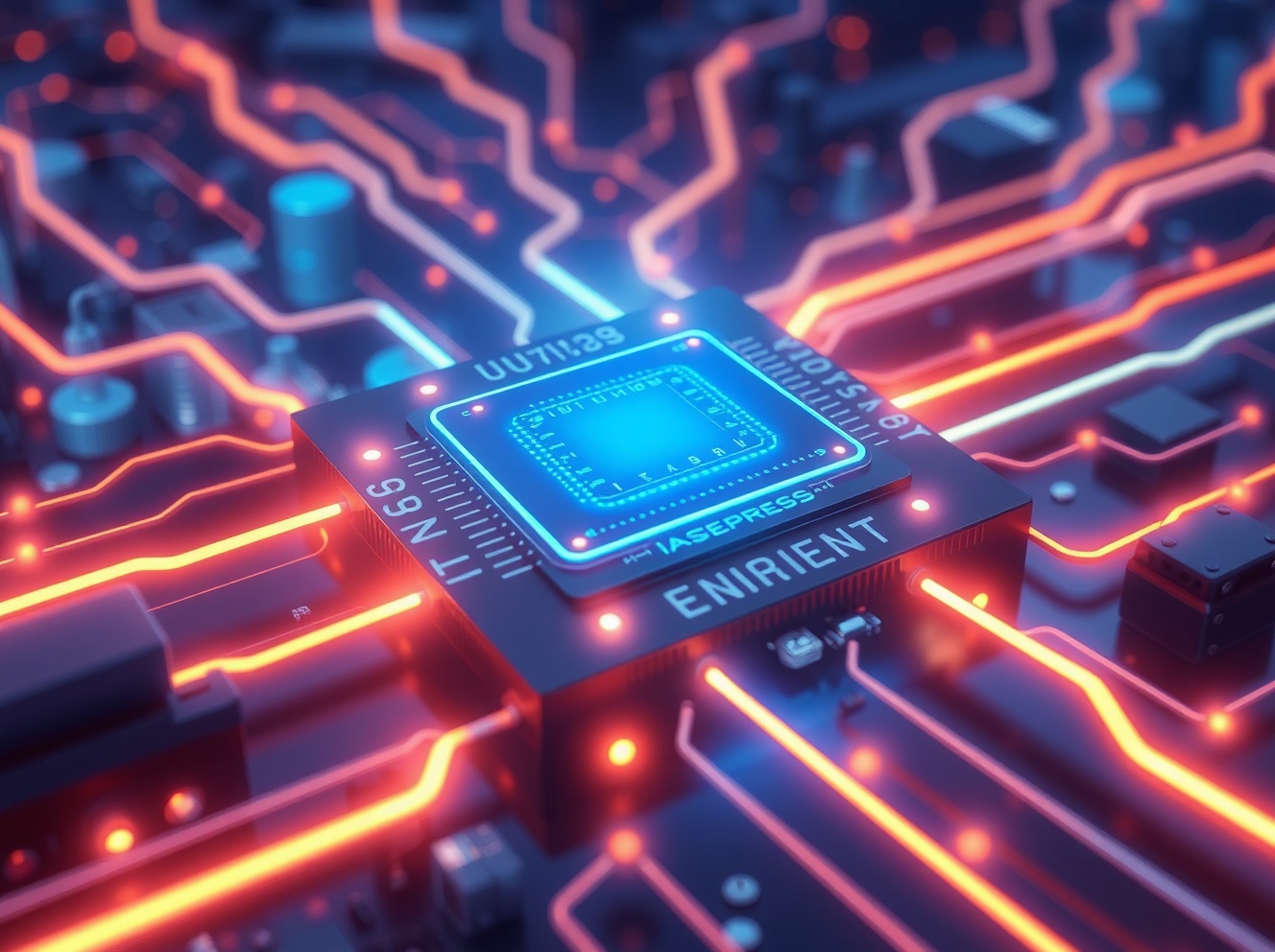Revolutionary Power Saving Chiplet Attracts Pat Gelsinger Investment – 50% Energy Breakthrough for AI Chips

BitcoinWorld
Revolutionary Power Saving Chiplet Attracts Pat Gelsinger Investment – 50% Energy Breakthrough for AI Chips
As artificial intelligence continues to dominate the tech landscape, a critical challenge emerges: the massive power consumption of AI chips and data centers. Enter PowerLattice, a semiconductor startup that has developed a groundbreaking power saving chiplet technology, attracting significant investment from former Intel CEO Pat Gelsinger and promising to revolutionize energy efficiency in the semiconductor industry.
Why Power Efficiency Matters for AI Chips
The demand for artificial intelligence processing has created an unprecedented strain on global computing resources. Major tech companies consistently report shortages in compute capacity, while the training and inference requirements for large language models continue to escalate. This creates a perfect storm where energy efficiency has become the most critical challenge facing semiconductor manufacturers today.
Pat Gelsinger’s Vision for Semiconductor Innovation
When Pat Gelsinger, the respected former Intel CEO and current general partner at Playground Global, decided to back PowerLattice, the semiconductor industry took notice. “This is the hard stuff: How do you get power into the device? There are very few teams and people that can do it,” Gelsinger explained. His endorsement represents a powerful validation of PowerLattice’s technology and team.
The Power Saving Chiplet Breakthrough
PowerLattice’s innovation centers around a deceptively simple concept: a tiny power delivery chiplet designed to bring power closer to the processor, dramatically minimizing energy loss. The results speak for themselves:
- More than 50% reduction in power consumption
- Currently in production with TSMC
- Testing underway with major manufacturers
- Available for customer trials in early 2026
Semiconductor Startup Revolutionizing Power Delivery
Founded in 2023 by veteran electrical engineers from Qualcomm, NUVIA, and Intel, this ambitious semiconductor startup has quickly made waves in the industry. With a recent $25 million Series A funding round led by Playground Global and Celesta Capital, bringing total funding to $31 million, PowerLattice is positioned to disrupt traditional power delivery methods.
Competitive Landscape and Market Potential
While PowerLattice faces competition from companies like Empower Semiconductor, which raised $140 million in September, Gelsinger remains confident in PowerLattice’s superior technology. “The idea is bold, the benefits are large, and I expect others will be saying, ‘That’s a great idea. Let me try as well,'” he noted.
| Potential Customers | Market Segment |
|---|---|
| Nvidia, Broadcom, AMD | Major Chip Manufacturers |
| Cerberus, Groq | AI Chip Specialists |
| d-Matrix, NextSilicon | Playground-Backed Startups |
FAQs About PowerLattice and Semiconductor Innovation
What is PowerLattice’s core technology?
PowerLattice has developed a power delivery chiplet that reduces energy consumption in computer chips by more than 50%.
Who is Pat Gelsinger and why is his involvement significant?
Pat Gelsinger is the former CEO of Intel and a respected figure in the semiconductor industry, making his investment a strong validation of PowerLattice’s technology.
Which companies are potential customers for PowerLattice?
Potential customers include major chip manufacturers like Nvidia, Broadcom, and AMD, as well as specialized AI chip developers.
When will PowerLattice’s technology be available?
The company plans to make its product available for testing by other customers in the first half of 2026.
Who are PowerLattice’s main competitors?
The company competes most closely with Empower Semiconductor, which recently raised $140 million in funding.
The Future of Energy-Efficient Computing
PowerLattice’s breakthrough comes at a critical moment in the evolution of artificial intelligence and computing. As AI models grow increasingly complex and data centers expand to meet demand, the industry’s ability to manage power consumption will determine the pace of innovation. With backing from semiconductor legend Pat Gelsinger and a proven technology that delivers unprecedented energy savings, PowerLattice is positioned to become a key enabler of the next generation of AI infrastructure.
To learn more about the latest AI hardware and semiconductor trends, explore our article on key developments shaping AI chip technology and energy efficiency innovations.
This post Revolutionary Power Saving Chiplet Attracts Pat Gelsinger Investment – 50% Energy Breakthrough for AI Chips first appeared on BitcoinWorld.
You May Also Like

• Arm will add Nvidia’s NVLink to its Neoverse chips for large AI data centers.

Mt. Gox moves $936M in Bitcoin after eight-month dormancy
